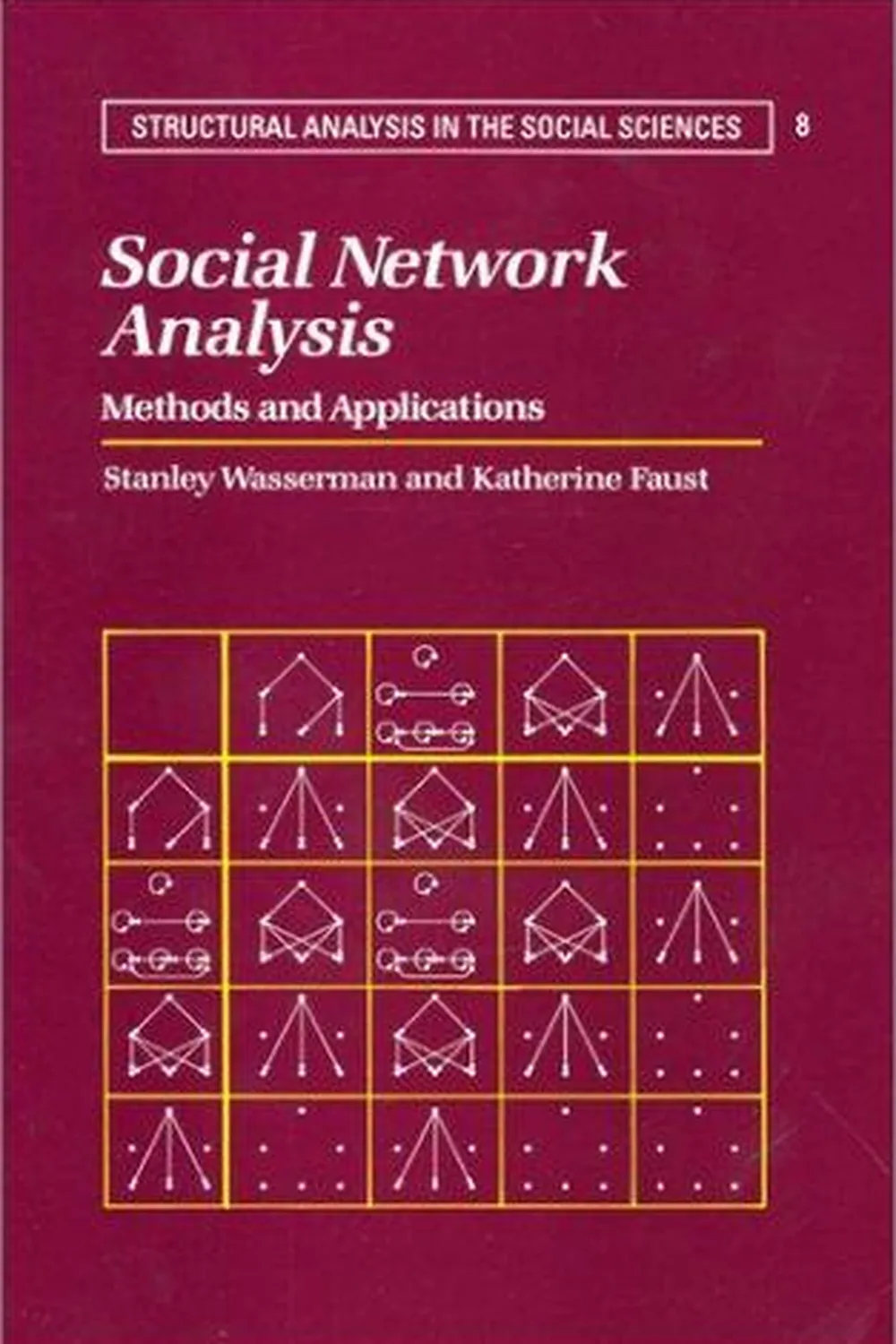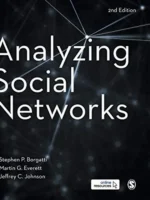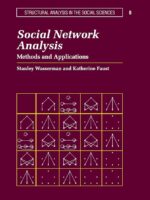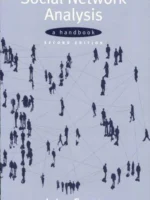Statistical Analysis of Network Data: Methods and Models Review
Statistical Analysis of Network Data by Eric D. Kolaczyk is a focused guide to modeling networks with statistical rigor. It connects graph summaries to probabilistic models and inference, emphasizing uncertainty and design.
Overview
Topics include network data representations, random graph models (Erdős–Rényi, configuration, SBM), centrality and community inference, sampling and missing data, hypothesis testing on graphs, and dynamic/weighted extensions.
Summary
Kolaczyk builds from fundamentals to likelihood-based and Bayesian approaches for structure discovery and comparison. He treats network sampling, bias correction, and resampling, then demonstrates inference for communities, motifs, and diffusion using principled tests rather than ad hoc thresholds.
Authors
Eric D. Kolaczyk is a statistician who writes clearly for applied scientists. Examples are mathematically grounded and implementation-aware.
Key Themes
Uncertainty is central; sampling frames shape inference; generative models clarify what a “community” means; tests must account for dependence.
Strengths and Weaknesses
Strengths: clean statistical framing, careful treatment of sampling, and practical guidance on inference. Weaknesses: limited code walkthroughs and lighter coverage of very large-scale graphs. Pair with modern packages for practice.
Target Audience
Statisticians, network scientists, and analysts needing principled inference beyond visualization.
Favorite Ideas
Design-based corrections for sampled networks; SBM as a baseline generative model; resampling strategies tailored to dependence.
Takeaways
Model assumptions drive claims. Define your sampling process, select a generative model that matches your mechanism, and quantify uncertainty explicitly.





